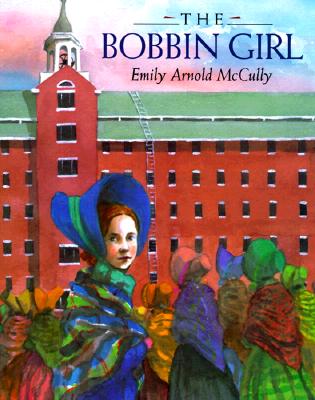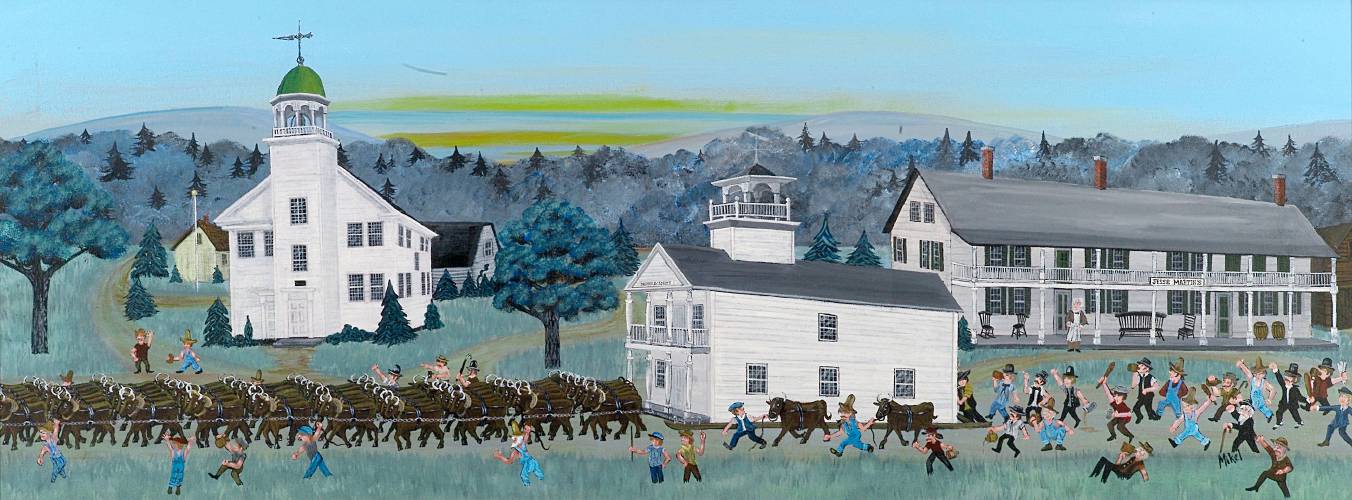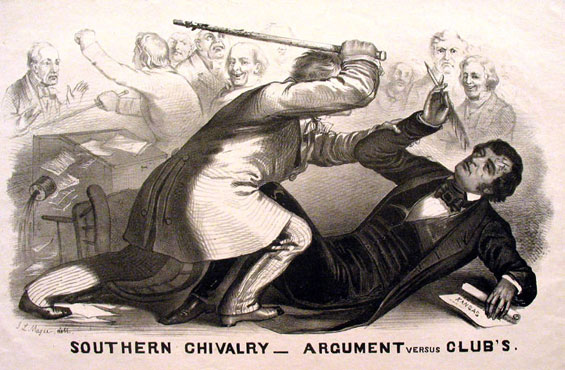Digital collection. The work of Dr. Louis Charles Roudanez, founder of the first Black daily newspaper in the U.S., the New Orleans Tribune, with articles, excerpts, videos, and a timeline.
Continue reading
Article. By William Loren Katz. 2010.
The abolitionist influence on the history of Christmas celebrations in the United States.
Continue reading
Book — Non-fiction. By Winifred Conkling. 2015. 176 pages.
Young adult biography about Emily Edmonson who was one of 77 who attempted to escape slavery in Washington, D.C.
Continue reading
Digital collection. Records of the Voice of Industry newspaper, published by young women in Lowell, Mass. from 1845-1848.
Continue reading
Book — Fiction. By Louise Erdrich. 2012. 208 pages.
The fourth book in the series following the Ojibwe girl Omakayas and her family as their lands are invaded by white settlers.
Continue reading
Poem. By Nigel Gray.
Poem about the causes and impact of the Irish Potato Famine.
Continue reading
Audio. By Howard Zinn. Read by Matt Damon. 2003. 8 hours, 44 minutes.
Audio book version of excerpted highlights from A People's History of the United States.
Continue reading
Film clip. Voices of a People's History.
Dramatic reading of Chief Tecumseh's "Speech to the Osages" (Winter 1811-1812) by Deepa Fernandes.
Continue reading
The North Star published an editorial against the U.S. war with Mexico. Listen to an excerpt read by Benjamin Bratt.
Continue reading
Film clip. Voices of a People's History.
Dramatic reading of Maria Stewart's "Address Delivered at the African Masonic Hall" (1833) by Alfre Woodard.
Continue reading
Picture book. By Emily Arnold McCully. 1996. 36 pages.
Historical fiction for upper elementary based on a true story about the Lowell textile workers.
Continue reading
Background Reading (PDF) and Song. Reading by Milton Meltzer and song by David Rovics. 1974. 4 pages and 5 minutes.
The story of the San Patricio Battalion, Irish-American soldiers who deserted the U.S. Army during the U.S.-Mexican War and fought on the side of the Mexicans.
Continue reading
Audio. By The Chieftains featuring Ry Cooder. 2010.
Ballads about the San Patricio Battalion during the U.S. Mexico War.
Continue reading
Minister, journalist, newspaper editor, and abolitionist Elijah Parish Lovejoy was murdered by a pro-slavery mob.
Continue reading
Teaching Activity. By Adam Sanchez, Brady Bennon, Deb Delman, and Jessica Lovaas.
This mixer role play introduces students to the stories of famous and lesser-known abolitionists, through biography and investigation.
Continue reading
A Boston judge stopped the extradition of George Latimer, who had escaped enslavement in Virginia, and allowed him to raise funds for his own manumission.
Continue reading
Radical abolitionists organized to liberate kidnapped Black New Yorkers and fight racist police violence in the decades after New York abolished slavery.
Continue reading
August First Day became a symbol of hope for enslaved people and abolitionists in the United States when Britain passed the Slavery Abolition Act in 1834, abolishing slavery throughout its colonies around the world.
Continue reading
Book — Non-fiction. By Kate Masur. 2021.
The movement for equal rights in the decades before the Civil War.
Continue reading
Forty African Americans, elected by communities in nine states, met in Philadelphia, Pennsylvania in 1830 to organize for improving the lives of Black people in North America. That week, they founded the National Colored Conventions movement and held its first official series of formal meetings.
Continue reading
Book — Fiction. By Louise Erdrich. 1999. 244 pages.
Historical fiction set in the mid-19th century in the Lake Superior area.
Continue reading
Teaching Activity. By Bill Bigelow. 10 pages.
What led up to the Trail of Tears? In this lesson, students learn about the decision to remove the Cherokee and Seminole people from their lands.
Continue reading
Nearly 500 white men destroyed the integrated Noyes Academy in Canaan, New Hampshire.
Continue reading
Charles Sumner delivered a speech denouncing slavery and the need for Kansas to become a free state.
Continue reading

























